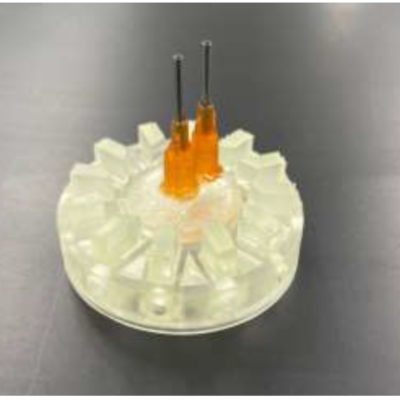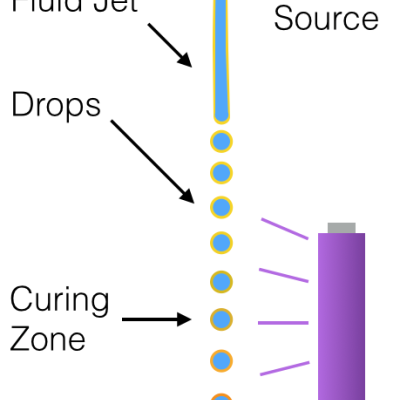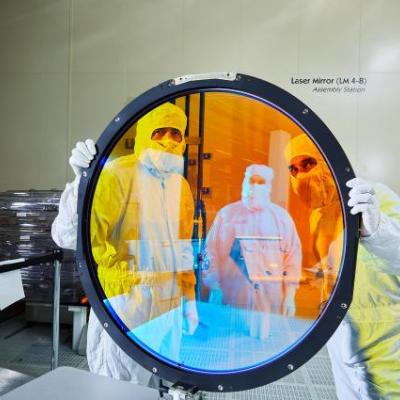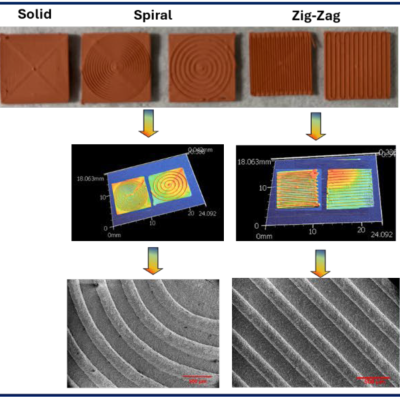LLNL researchers has developed a composite copper current collector formulation readily used in DIW 3D printing to guide lithium-ion plating/dissolution during charging and discharging cycles.
Keywords
- Show all (114)
- Additive Manufacturing (53)
- Synthesis and Processing (20)
- 3D Printing (8)
- Materials for Energy Products (6)
- Material Design (4)
- Additively Manufactured (AM) Optics (2)
- Manufacturing Automation (2)
- Manufacturing Improvements (2)
- Membranes (2)
- Rare Earth Elements (REEs) (2)
- Volumetric Additive Manufacturing (2)
- Direct Air Capture (1)
- Electric Grid (1)
- Inertial Confinement Fusion (ICF) (1)
- Inertial Fusion Energy (IFE) (1)
- Magnet Compositions (1)
- Manufacturing Simulation (1)
- (-) Microfabrication (3)
- (-) Material Characterization (1)
- (-) Precision Engineering (1)

This invention focuses on the design of a fully interchangeable hub-droplet device apparatus for multiple droplet generation in parallel. The novel central hub combined with interchangeable chip configuration allows the use of different planar droplet generation devices that can be replaced and exchanged as needed. By separating the central housing hub which distributes incoming liquids into…

LLNL researchers have developed a technology suite that includes several methods for detecting trace levels of illicit drugs even in mixtures. These methods can be used as a rapid screening test for incoming samples; for the samples that were determined to contain detectable amounts, they would undergo final verification using conventional laboratory analytical techniques.


The LLNL method for optimizing as built optical designs uses insights from perturbed optical system theory and reformulates perturbation of optical performance in terms of double Zernikes, which can be calculated analytically rather than by tracing thousands of rays. A new theory of compensation is enabled by the use of double Zernikes which allows the performance degradation of a perturbed…


